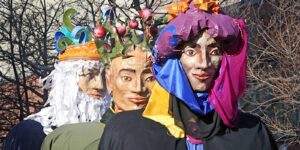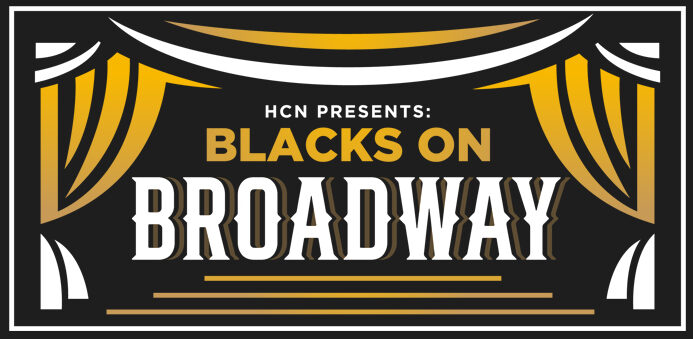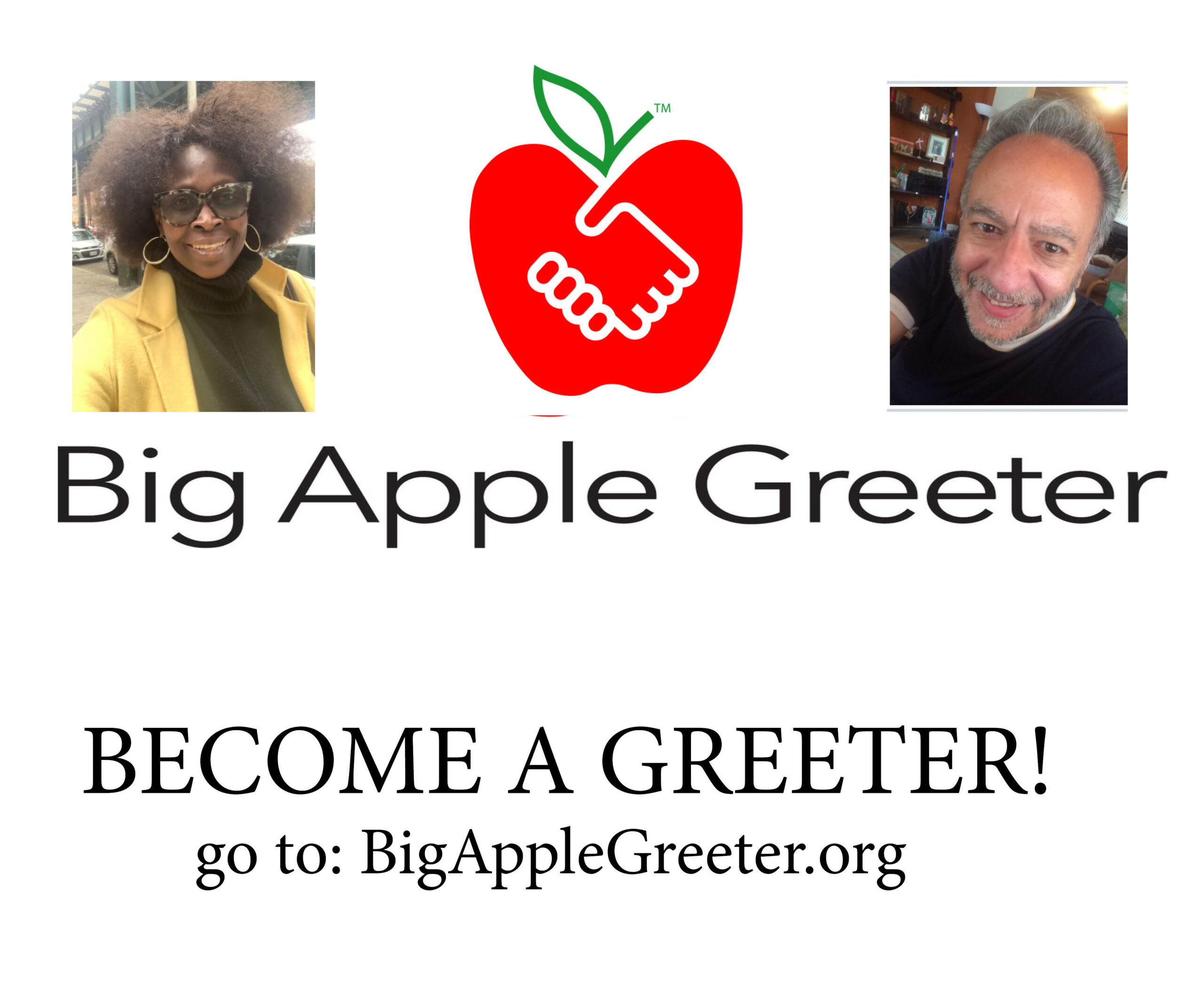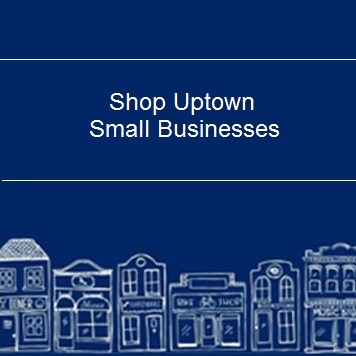Three Kings Day: 47th Annual El Museo del Barrio Parade & Celebration – Jan 6
Categories: Articles,
El Museo Del Barrio’s 47th Annual Three Kings Day Celebration Parade and Live Musical Performance will be held on January 6th in El Teatro.
The parade will begin at 11:00 AM at 106th Street and Park Avenue and end at 12:00 PM at 115th Street and Park Avenue. We welcome the community to watch the parade along the route. Soon after, parade-goers are invited to come back to El Museo del Barrio for a live musical performance in El Teatro from 1:30 –3:00 PM.
Held in El Barrio (East Harlem), Immerse yourself in vibrant performances by BombaYo, Annette Aguilar & Stringbeans, Fogo Azul, and more; larger-than-life puppets; camels; parrandas; and festive music as we honor the incredible contributions of our diverse heritage. Come witness the magic that art brings to our city by participating in our parade as it winds through the streets of East Harlem.
Join us for El Museo del Barrio’s 47th Annual Three Kings Day Celebration! This year’s theme, The Arts Open Paths, (El Arte Abriendo Caminos) celebrates the power of Latinx, Caribbean, and Latin American art to connect cultures and uplift communities. Immerse yourself in vibrant performances, larger-than-life puppets, and festive music as we honor the incredible contributions of our diverse heritage. Come witness the magic that art brings to our city by participating in our parade as it winds through the streets of East Harlem. Following the parade, join us in El Museo’s Teatro for a Community Celebration honoring the Three Kings traditions featuring live music.
Pre-registration for the Community Celebration is required. First-come, first-served. For more information go to: https://www.eventbrite.cl/e/el-museo-del-barrios-47th-annual-three-kings-day-celebration-2025-tickets-1074635175739
For those who are not completely familiar with Three Kings Day, also known as Epiphany, this is a religious holiday observed at the end of Christmas. It is observed on January 6. This day commemorates the arrival of the Magi (the Wise Men, whose names were Melchior, Caspar, and Balthazar, who followed the Star of Bethlehem in search of the newborn Messiah.
In the Gospel of Matthew, you learn that the three Wise Men brought three symbolic gifts to present to Baby Jesus: gold, frankincense, and myrrh. Gold symbolized Jesus’ kingship, frankincense represented his divinity, and myrrh foreshadowed his suffering and death.
As told in The Bible:
“After Jesus was born in Bethlehem in Judea, during the time of King Herod, Magi from the east came to Jerusalem and asked, “Where is the one who has been born king of the Jews? We saw his star when it rose and have come to worship him.” When King Herod heard this, he was disturbed and all of Jerusalem with him. When he had called together all the people’s chief priests and teachers of the law, he asked them where the Messiah was to be born. “In Bethlehem in Judea,” they replied, “for this is what the prophet has written: ‘But you, Bethlehem, in the land of Judah, are by no means least among the rulers of Judah; for out of you will come a ruler who will shepherd my people Israel.’” Then Herod called the Magi secretly and found out from them the exact time the star had appeared. He sent them to Bethlehem and said, “Go and search carefully for the child. As soon as you find him, report to me, so that I too may go and worship him.”
“After they had heard the king, they went on their way, and the star they had seen when it rose went ahead of them until it stopped over the place where the child was. When they saw the star, they were overjoyed. On coming to the house, they saw the child with his mother, Mary, and they bowed down and worshiped him. Then they opened their treasures and presented him with gifts of gold, frankincense, and myrrh. And having been warned in a dream not to go back to Herod, they returned to their country by another route.” (Matthew 2:1-12)
The word “epiphany” means divine revelation, and in this case, it represents the revelation of Jesus to the Gentiles. Some of the traditions that take place during Three Kings Day include the removal of holiday decorations, sharing traditional foods, including the Rosca de Reyes (a sweet bread shaped like a crown or a ring), processions through towns, gift-giving, and festivals.







